10 Best Herbal Creams For Chickenpox

Herbal creams for chickenpox are natural remedies that aim to alleviate the symptoms of the viral infection, such as itching and inflammation.
These creams often contain ingredients like calendula, chamomile, and lavender, which are known for their soothing and anti-inflammatory properties. They are generally considered safe for use in children, as they avoid the potential side effects of synthetic corticosteroids. However, it is important to consult a healthcare provider before using any herbal remedy, especially for infants or individuals with known allergies.
While herbal creams can provide relief, they should not replace medical treatment for severe cases of chickenpox.
FREE Herb Drying Checklist
How to make sure every batch retains maximum flavor, color, and aroma without the risk of mold or over-drying. Eliminate guesswork and trial-and-error, making herb drying faster, easier, and more efficient every time.
Table of Contents
1. Aloe barbadensis
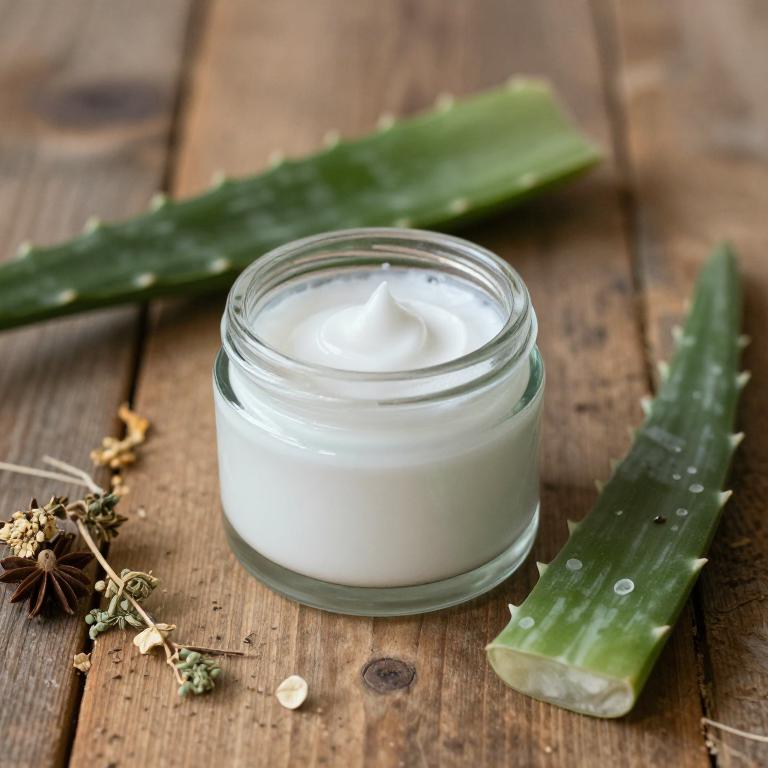
Aloe barbadensis, commonly known as aloe vera, has been used for centuries for its soothing and healing properties, and it can be beneficial when incorporated into herbal creams for treating chickenpox.
These creams often contain aloe vera gel, which helps to reduce inflammation, ease itching, and promote skin healing in chickenpox lesions. The anti-inflammatory and antimicrobial properties of aloe vera may help prevent secondary infections and provide comfort to the affected skin. While aloe vera is generally safe for topical use, it is important to ensure that the product is free from irritants and suitable for sensitive skin.
However, it should be used as a complementary treatment alongside medical care, especially in severe cases of chickenpox.
2. Echinacea purpurea
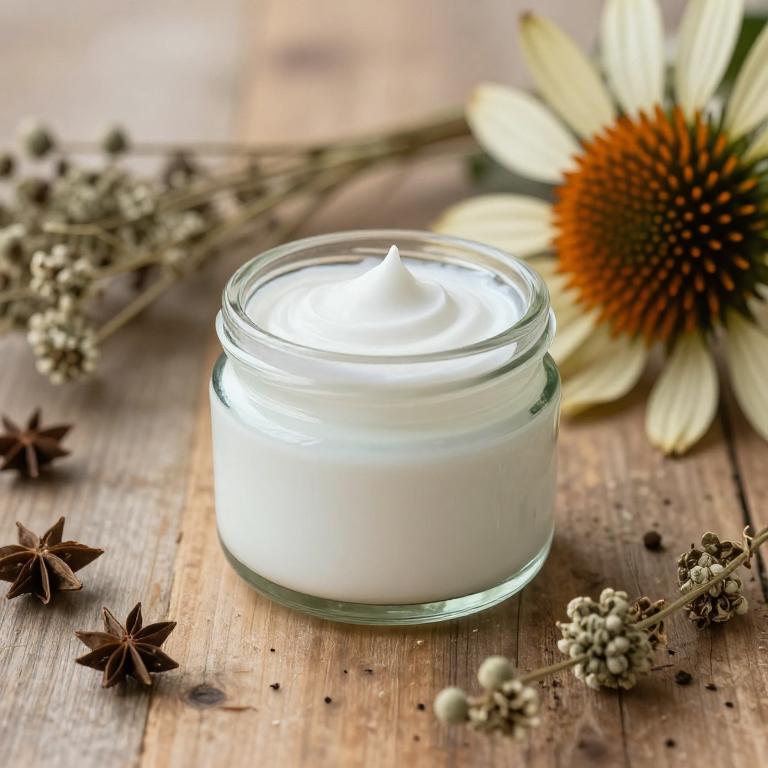
Echinacea purpurea, commonly known as purple coneflower, is a popular herbal remedy often used in the form of creams for its potential anti-inflammatory and immune-boosting properties.
While there is limited scientific evidence supporting its effectiveness specifically for chickenpox, some people use echinacea creams to alleviate skin irritation and reduce the severity of outbreaks. These creams may help soothe the itching and redness associated with chickenpox blisters, offering a natural alternative to conventional treatments. However, it is important to consult a healthcare provider before using echinacea, especially for children or individuals with allergies.
Although not a substitute for medical care, echinacea creams may be considered as a complementary therapy in managing chickenpox symptoms.
3. Hypericum perforatum
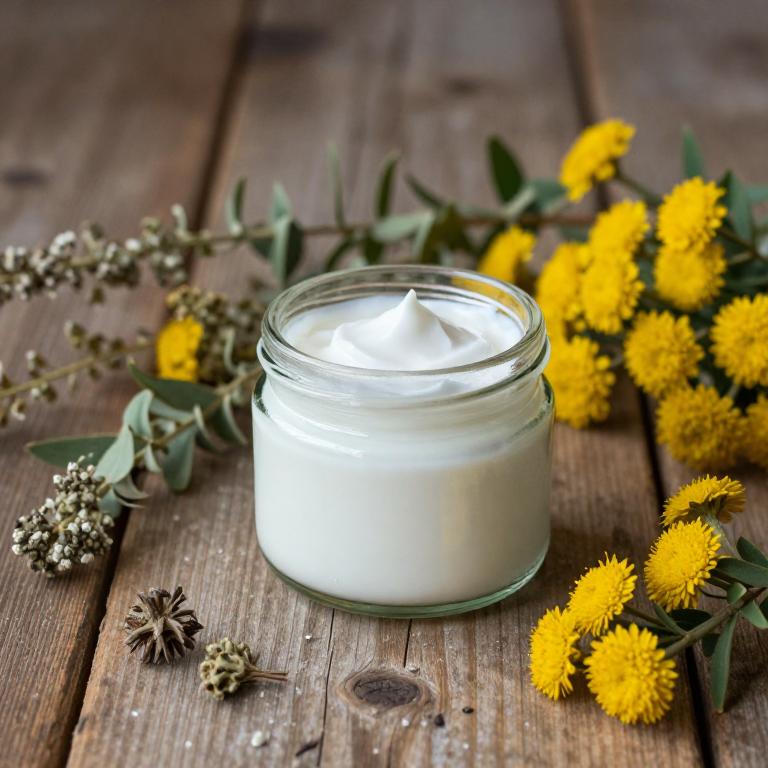
Hypericum perforatum, commonly known as St. John's wort, is a herbal remedy that has been traditionally used for its anti-inflammatory and antiviral properties.
While it is often used for treating mild depression and skin conditions in humans, some studies suggest it may have potential benefits for reducing the severity of chickenpox symptoms when applied topically. Herbal creams containing Hypericum perforatum may help soothe the skin and reduce the risk of scarring by promoting healing and reducing inflammation. However, it is important to consult a healthcare provider before using such creams, especially in children or individuals with sensitive skin.
As with any herbal treatment, the effectiveness and safety of Hypericum perforatum for chickenpox can vary, and it should not replace conventional medical care.
4. Zingiber officinale
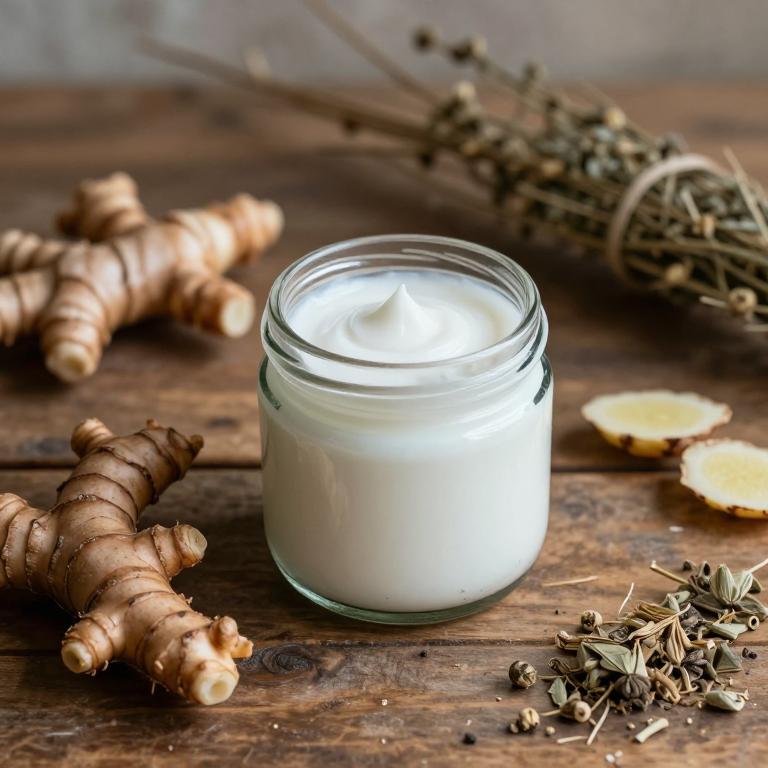
Zingiber officinale, commonly known as ginger, has been traditionally used in herbal remedies for its anti-inflammatory and antiviral properties.
When incorporated into herbal creams, zingiber officinale may offer relief from the itching and discomfort associated with chickenpox. These creams often combine ginger extract with other soothing ingredients like aloe vera or chamomile to enhance their therapeutic effects. While some anecdotal evidence suggests that ginger-based creams may help alleviate symptoms, scientific research on their efficacy specifically for chickenpox is limited.
It is important to consult a healthcare professional before using any herbal remedies, especially for children or individuals with sensitive skin.
5. Calendula officinalis

Calendula officinalis, commonly known as pot marigold, is often used in herbal creams for its anti-inflammatory and soothing properties, which can help alleviate the discomfort associated with chickenpox.
These creams typically contain extracts from the flower of the plant, which are rich in flavonoids and triterpenoids, known for their skin-soothing effects. When applied topically, calendula-based creams may reduce redness, itching, and the risk of infection in chickenpox blisters. However, it is important to note that while calendula is generally safe for topical use, it should not replace medical treatment for chickenpox, especially in severe cases.
Always consult a healthcare provider before using any herbal remedies, particularly for children or individuals with known allergies.
6. Rosa canina
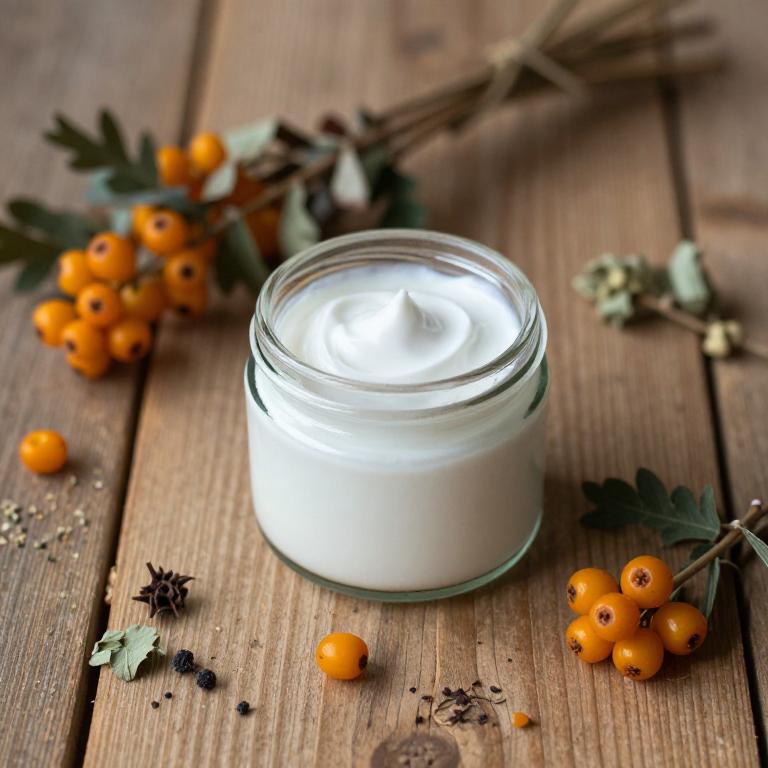
Rosa canina, also known as rosehip, is a traditional herbal remedy that has been used for centuries to support skin health and healing.
Rosa canina herbal creams are often formulated with extracts from the fruit of the rose plant, which are rich in essential fatty acids, antioxidants, and vitamins, particularly vitamin C. These creams are commonly recommended for their soothing properties, making them a natural choice for treating chickenpox-related skin irritation and inflammation. The anti-inflammatory and regenerative properties of rosehip oil can help reduce the severity of chickenpox blisters and promote faster skin recovery.
While they are generally considered safe, it is advisable to consult a healthcare professional before using any herbal remedy, especially for children or individuals with sensitive skin.
7. Urtica dioica
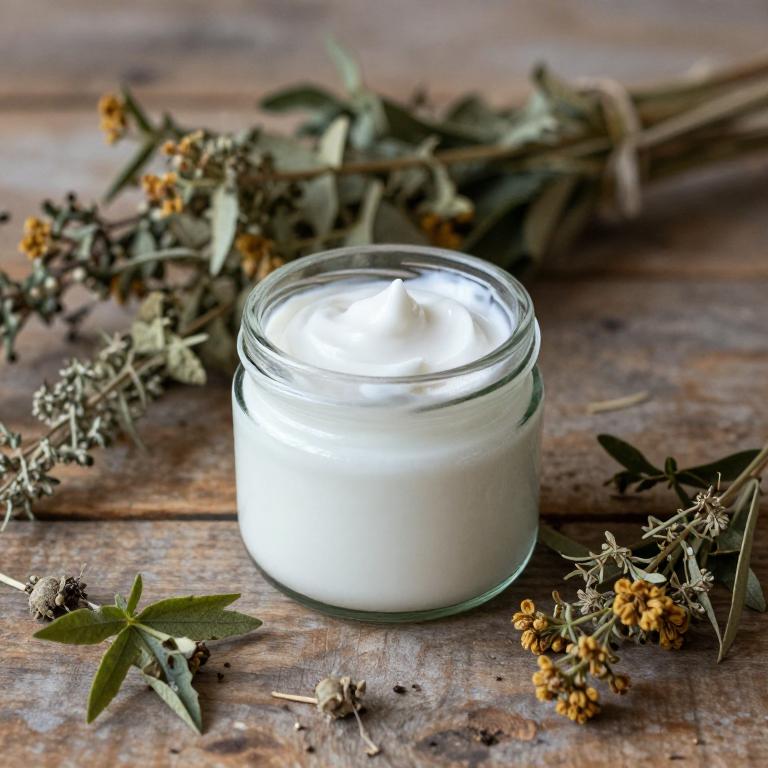
Urtica dioica, commonly known as stinging nettle, is a plant that has been traditionally used in herbal medicine for its potential anti-inflammatory and soothing properties.
Some herbal creams containing Urtica dioica are marketed for their ability to alleviate the symptoms of chickenpox, such as itching and skin irritation. These creams may help reduce redness and discomfort by leveraging the plant’s natural compounds, including histamines and flavonoids. However, it is important to note that scientific evidence supporting the effectiveness of Urtica dioica creams specifically for chickenpox is limited, and they should not replace conventional medical treatments.
As with any herbal remedy, it is advisable to consult a healthcare professional before use, especially for children or individuals with sensitive skin.
8. Lavandula angustifolia
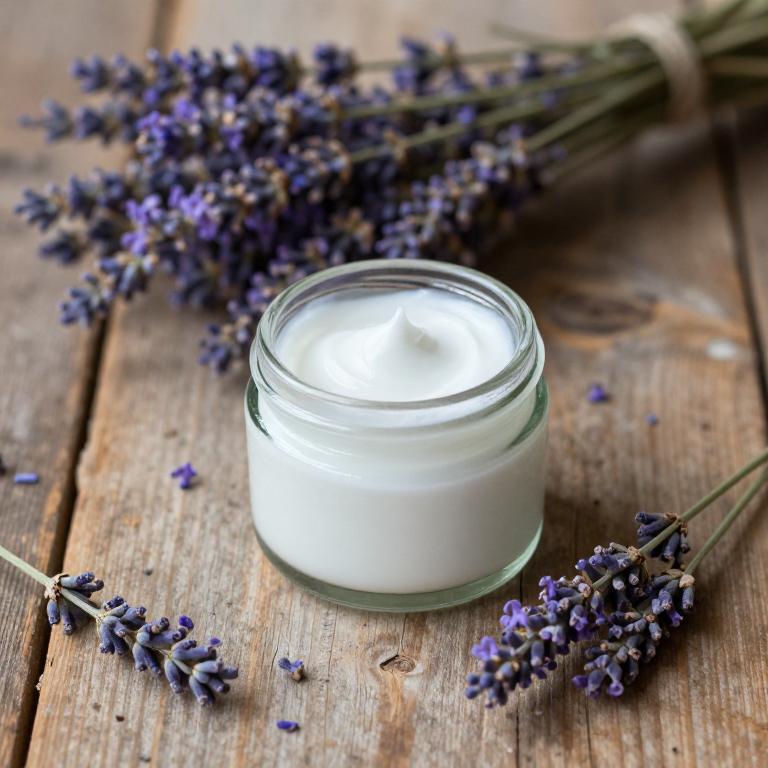
Lavandula angustifolia, commonly known as English lavender, is often used in herbal creams for its soothing and antiseptic properties.
These creams can help alleviate the itching and discomfort associated with chickenpox by providing a calming effect on the skin. The essential oils in lavender are believed to reduce inflammation and promote healing, making them a popular natural remedy. While not a substitute for medical treatment, lavender-based creams may offer symptomatic relief when used alongside conventional care.
However, it is important to consult a healthcare provider before using any herbal remedies, especially for children with chickenpox.
9. Matricaria chamomilla
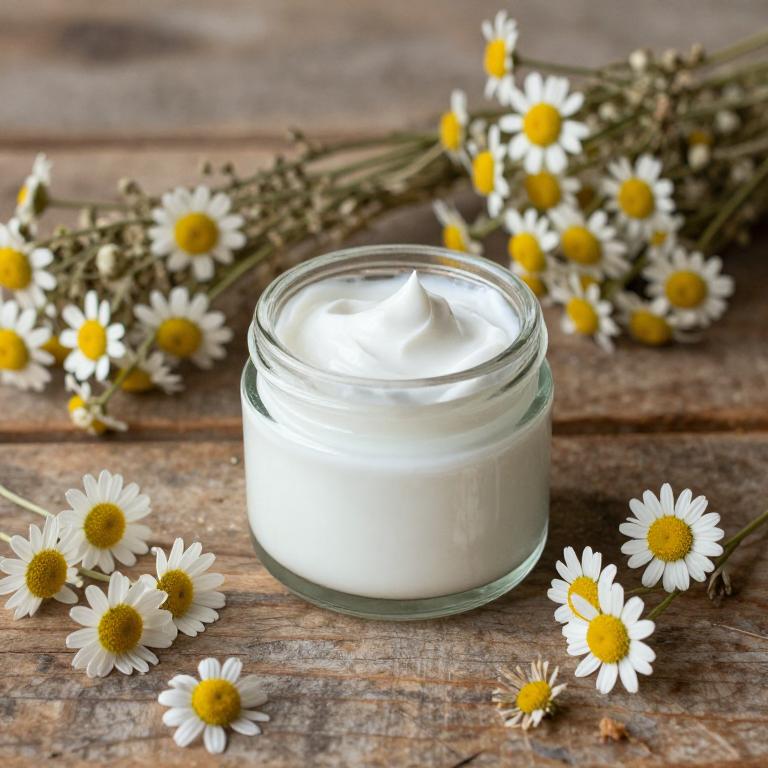
Matricaria chamomilla, commonly known as chamomile, is often used in herbal creams for its soothing and anti-inflammatory properties.
These creams are particularly beneficial for alleviating the discomfort associated with chickenpox, as they can help reduce redness, itching, and irritation of the skin. The essential oils in chamomile, such as bisabolol and chamazulene, have been shown to possess mild antiviral and calming effects, which may support the body's natural healing process. When applied topically, chamomile-based creams can provide a gentle, natural remedy that is especially suitable for children with chickenpox.
However, it is important to consult a healthcare provider before using any herbal remedy, especially in young children, to ensure safety and effectiveness.
10. Camellia sinensis

Camellia sinensis, commonly known as the tea plant, is the source of various herbal products, including creams that have been explored for their potential benefits in treating chickenpox.
These creams often contain extracts from Camellia sinensis leaves, which are rich in antioxidants, anti-inflammatory compounds, and soothing properties. While there is limited scientific evidence supporting the use of Camellia sinensis creams specifically for chickenpox, some traditional remedies suggest that these products may help alleviate symptoms such as itching and skin irritation. However, it is important to consult a healthcare professional before using any herbal cream for chickenpox, as the condition typically requires proper medical care.
Overall, while Camellia sinensis creams may offer some comfort, they should not replace standard treatments recommended by a doctor.